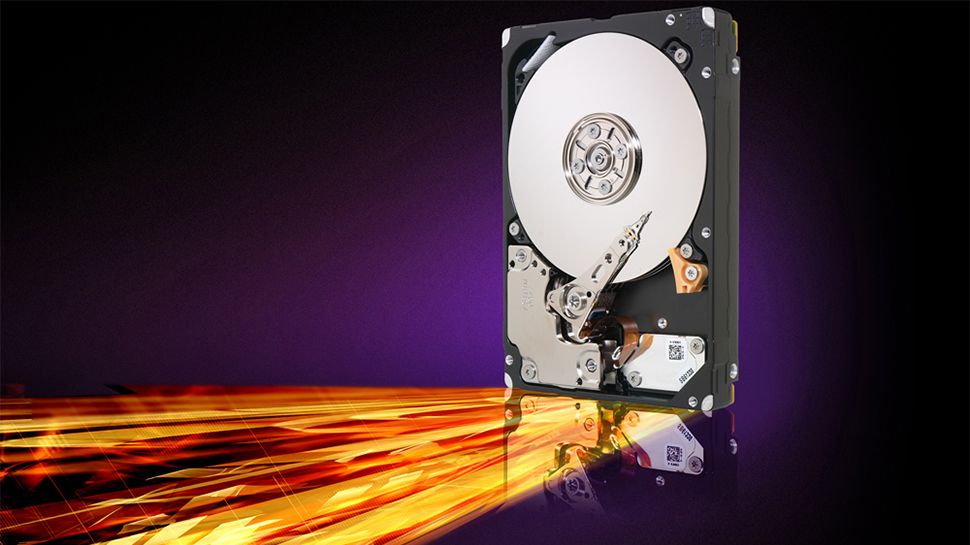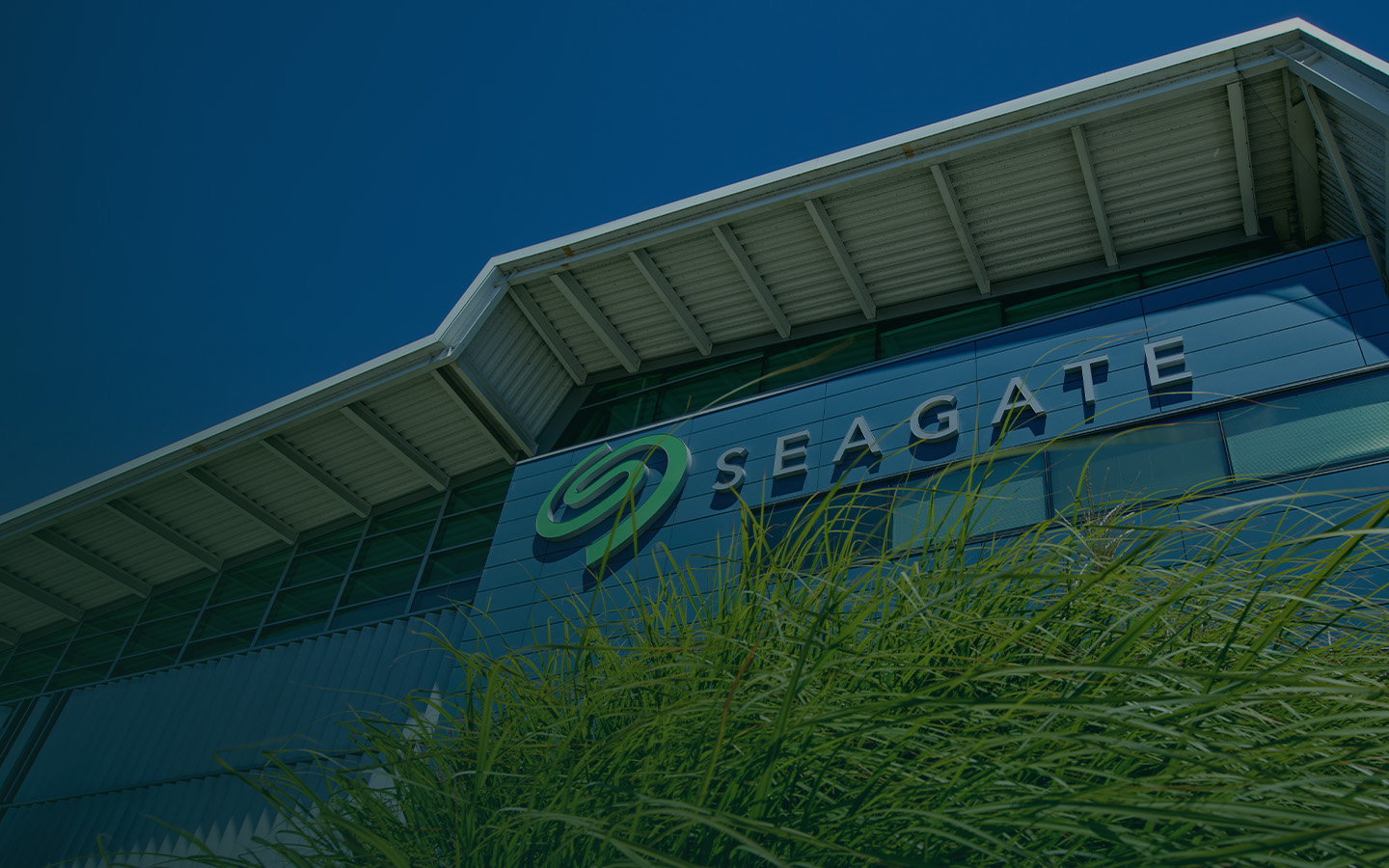WD has some new drives. How are they cramming more data per platter diks in there? It's not clear if they use the WHAMR or something.
Last edited:
?? The actual NAME of the product contains the recording technology ??It's not clear if they use the WHAMR or something.
You just listed it in your previous post. HAMR, MAMR are types of energy assisted recording. Heat (energy) Assisted Magnetic Recording; Microwave (energy) Assisted Magnetic Recording.What has happened to the momentum? Here we are in 2023 and still at only 22TB. Where is the HAMR, MAMR, etc.?
My guess is all the tricks to increase density cost so much to implement that we end up with the same cost per TB. All most end users care about is cost per TB.Why don't we have drives in the streets though? HAMR has been discussed for ages.
I feel that if I buy a bunch of drives to replace all the old ones they will suddenly announce much bigger drives.


We were on travel during the WD announcement. I was thinking of when it would be a good time to replace smaller hard drives. 24TB is interesting, but just a small increment. Did you see them in the wilds yet?Seagate has an Exos X24 listed (24TB). Is that not a natural drive?

Seagate Exos X24 Hard Drive | Seagate US
Maximize your enterprise storage with Seagate's Exos X24 Hard Drive, featuring a massive 24TB capacity and superior rack-space efficiency for reliable performance.www.seagate.com
I don't have slots or controllers of U.2, etc. as you know.
Well, SSDs are getting a lot cheaper. We're at around $30/TB for the commodity stuff. Commodity HDDs are maybe only half that at this point, but SSDs are falling in price faster than HDDs. Probably only a matter of a year or two before SSDs get cheaper than HDDs. The highest capacity stuff though seems to cost way more per TB.There are also 30TB+ SSDs if you have any spare kidneys sitting around.
Something like a 30.72TB Micron 6500 Ionic SSD would be good for me.Actually, there's a standard for even higher density SSDs, called 3.S or 3.L, for when you really want a single 100TB+ drive right now.
I'm sure Linus Tech Tips will be along in about a month making a video about how they built a new 32PB storage server with 64 of them that some memory manufacturer gave them for nothing but goodwill.
I haven't seen them yet but assumed they should hit the channels soon-ish. Agreed it's only a slight bump in capacity for HDDs but at least it's something. Maybe the 20's and 22's will come down in price.We were on travel during the WD announcement. I was thinking of when it would be a good time to replace smaller hard drives. 24TB is interesting, but just a small increment. Did you see them in the wilds yet?
The cheap junk is QLC with no RAM and low erase cycles and it is not $60 for 2TB that you would want to use. SSDs are not a substitute for huge HDD arrays in the Amazon or the Google either. I recall when many were saying that HDDs would be dead by 2015.Well, SSDs are getting a lot cheaper. We're at around $30/TB for the commodity stuff. Commodity HDDs are maybe only half that at this point, but SSDs are falling in price faster than HDDs. Probably only a matter of a year or two before SSDs get cheaper than HDDs. The highest capacity stuff though seems to cost way more per TB.
They are practically dead for anything but data centers, and a handful of home users with huge storage needs.I recall when many were saying that HDDs would be dead by 2015.

 www.forbes.com
www.forbes.com
Maybe the 4TB are more reliable? Yes, it seems strange they didn't upgrade to larger drives. They must have run the numbers and found some reason to stick with the older drives.The latest report is here. The older 10 and 8TB drives are not doing very well.
Backblaze Drive Stats for Q2 2023
Read the full Q2 2023 Drive Stats report is here, and we've added some data points and new drives to the data.www.backblaze.com
The strange thing is that they are still using nearly 12,000 old 4TB drives. Wouldn't the space and power requirements compared to modern drives make that a bad idea now? It's nice that the Blazeblackers are giving out data, but is this normal usage in IT? I just can't help wondering if the Google and Amazon do that.
I agree, the AI part in the name seems more like a marketing choice than actual AI abilities from within the drive. The drives appear to be slightly more durable with longer MTBF and TB written and offers more caching and a tiny bump in transfer rates compared to the non-AI version (1.9% faster).24TB Seagates are available now, such as the EXOS and Skyhawk AI. I'm not sure what an AI drive is. Of course there are some FW differences for video, but no indication that the drive does any AI computations. The WD Ultrastar DC HC580 is not really our yet.
But the video drive model (skyhAWK) is the one optimized for AI.I would assume the 'AI' part means the firmware is designed for typical IO workloads found when used with AI software. Similar to how drives for video systems is designed more for linear IO, vs random IO. And HHDs for NAS may be tweaked for more random IO and quieter running, and so on.

